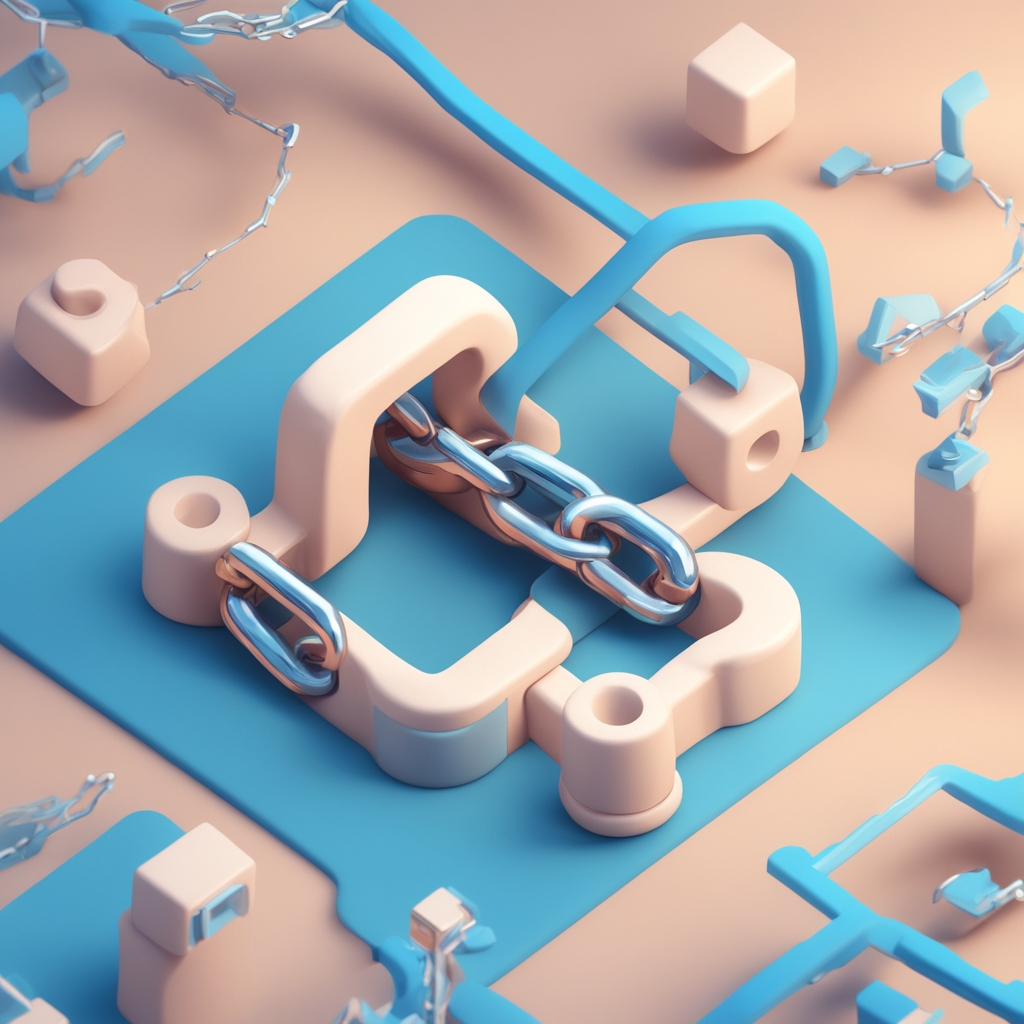
Introduction to Link Reclamation
In the ever-evolving world of search engine optimization (SEO), maintaining and improving your website’s online visibility is crucial. One of the most effective yet often overlooked strategies is link reclamation. This technique involves identifying and fixing broken or lost links that once pointed to your site, restoring their SEO value. This blog post will guide you through the importance of link reclamation and how to implement it effectively.
Why Link Reclamation Matters
Link reclamation is essential because it helps you preserve the link equity your site has already accrued. When external links pointing to your site break, either due to changes in your URL structure or the removal of content, you lose valuable SEO juice. Reclaiming these links can not only recover lost traffic but also improve your site’s authority and rankings.
Steps to Reclaim Broken Links

1. Identify Broken Links
The first step in link reclamation is finding broken links. Tools like Ahrefs, SEMrush, or Google Search Console can help you identify these links. These tools provide detailed reports on broken backlinks, helping you pinpoint the exact URLs that need attention.
2. Analyze the Link
Once you have identified the broken links, analyze them to understand why they broke. Common reasons include URL changes, content removal, or site migrations. Understanding the cause will help you formulate an appropriate strategy to reclaim them.
3. Reach Out to Webmasters
In many cases, reclaiming a link will involve reaching out to the webmaster of the site that linked to you. Politely inform them about the broken link and provide the updated URL. Most webmasters appreciate the heads-up and will be willing to make the necessary changes.
4. Redirect Broken URLs
If the broken links are due to changes in your URL structure or deleted content, setting up 301 redirects can be a quick fix. This method ensures that any traffic from the old link is redirected to the new, relevant page on your site, preserving the link equity.
Best Practices for Effective Link Reclamation
Regular Audits
Conducting regular link audits can help you stay on top of broken links and fix them before they impact your SEO. Make it a part of your routine SEO maintenance.
Create a 404 Page
A customized 404 error page can help retain visitors who land on broken links. Include useful information and links to other parts of your site to keep them engaged.
Monitor Backlinks
Use backlink monitoring tools to keep an eye on your site’s backlinks. These tools can alert you when a link breaks, allowing you to take prompt action.
Conclusion
Link reclamation is a powerful yet underutilized SEO strategy. By identifying and fixing broken links, you can restore lost value, improve your site’s authority, and boost your search engine rankings. Implement the steps and best practices outlined in this post to master link reclamation and enhance your SEO efforts. Keep your link equity intact, and watch your website thrive in search engine results.







